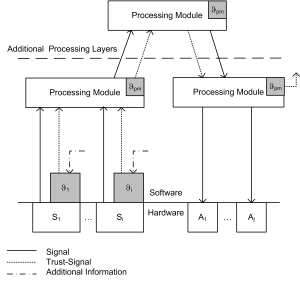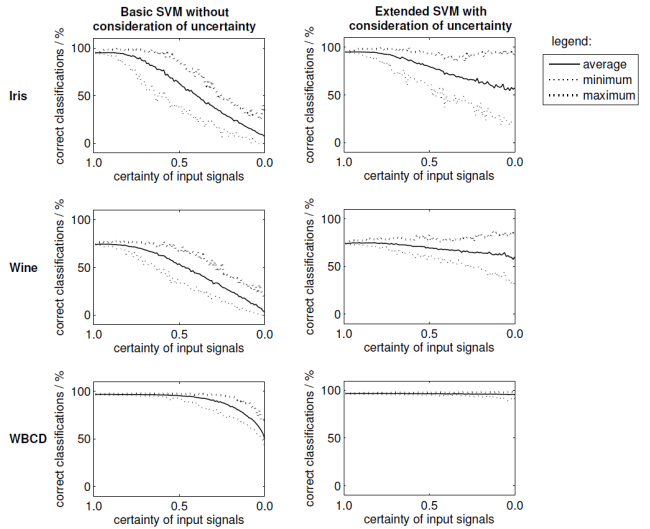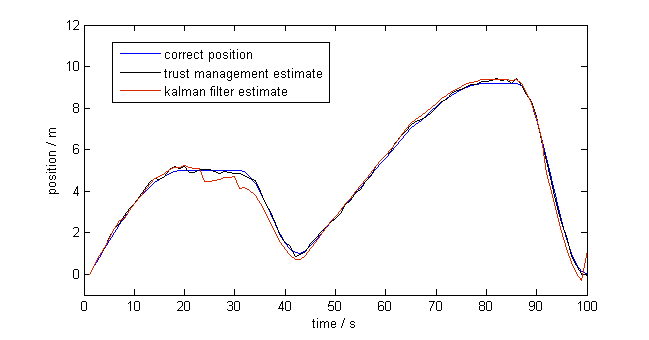 Embedded systems permeate increasingly complex, unstructured and sometimes natural and non-stationary environments like e.g. car driver assistance systems and mobile robots. The demands on their dependability hence rise, especially in case of human interaction. But as the complexity increases, several sources of uncertainty are likely to increase as well to an unacceptable or unsafe level. Reasons are for instance noise, vagueness and ambiguity of information about the environment and also disturbances and anomalies in the interaction with it.
Embedded systems permeate increasingly complex, unstructured and sometimes natural and non-stationary environments like e.g. car driver assistance systems and mobile robots. The demands on their dependability hence rise, especially in case of human interaction. But as the complexity increases, several sources of uncertainty are likely to increase as well to an unacceptable or unsafe level. Reasons are for instance noise, vagueness and ambiguity of information about the environment and also disturbances and anomalies in the interaction with it.
But in order to ensure a safe system behavior, it is necessary to deal with such uncertainties and anomalies explicitly. For this purpose, we have developed so called trust levels which are a means to express uncertainties in hierarchical, modular system architectures like ORCA (Organic Robust Control Architecture) as a specific O/C (observer-controller) architecture. By complementing the normal signal flow with trust signals the system can detect anomalies dynamically by itself. This enables the system to adapt to uncertain situations and is thus enabled to blend between optimal behaviour at times when every information is known and a more robust behaviour in presence of uncertainties or faults. The focus of trust management is to easily extend the normal system design with trust management and to keep the enginnering and computing overhead low.
A trust signal is a meta-information to a normal signal, e.g. a sensor-reading, or to an internally generated signal, which depends on uncertain information. Even a system component or functional module can be attributed with a trust signal. The way actuators take influence on the systems interaction with the environment may also be of special interest. Hence actuators may also be attributed by a trust signal. So trust signals are propagated throughout the whole system and influence the computing of a module in a way that uncertain information is gradually discarded from determining the result. Passing trust information along the architecture finally yields a more robust system behavior as the following examples show.
Examples of Application:
Trust signals have been applied in several projects so far. For example they were used to stabilize support vector machines in classification tasks on uncertain data. Here the influence of uncertain features on the classification is gradually lowered according to its trust signal.

By using the trust signals to represent the uncertainty of input signals, one can increase the classification robustness. This is shown on the picture above which compares the performance of a support vector machine on three benchmark datasets of the UCI Machine Learning Repository with and without exploiting the trust signals for decreasing certainty, i. e. increasing noise level (0 to 100%).
Another application of trust signals is to track a pose estimate generated from laserscanner readings and odometry data. The results on simulated data can be seen in the following picture. The results are compared to the kalman filter, a standard fusion method for such a task. The estimate achieved by trust management has a mean deviation of 0.098 m from the correct position whereas the kalman filter has a mean deviation of 0.236 m. The implementation of trust management is straightforward and can thus achieve good results without noteworthy overhead.
